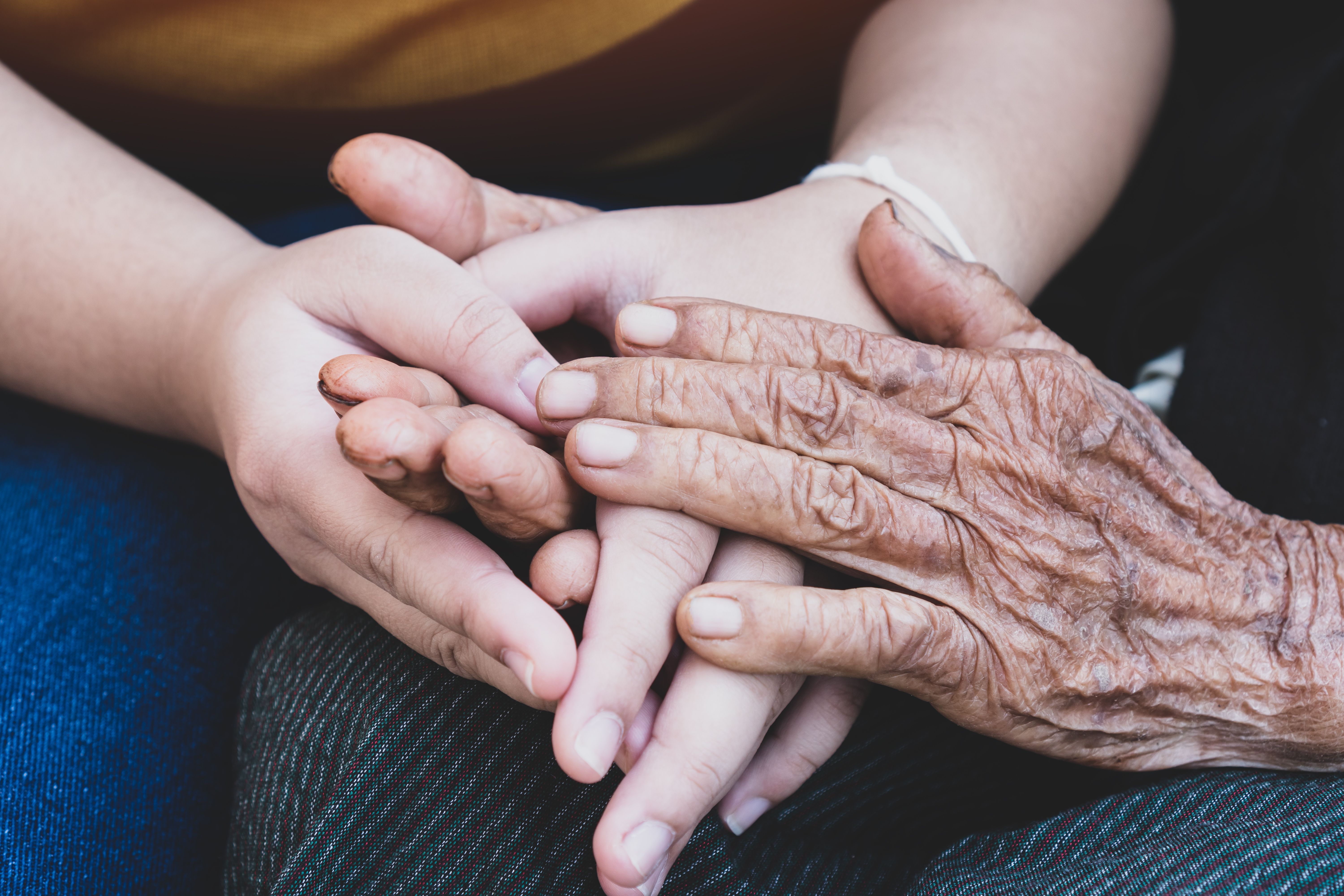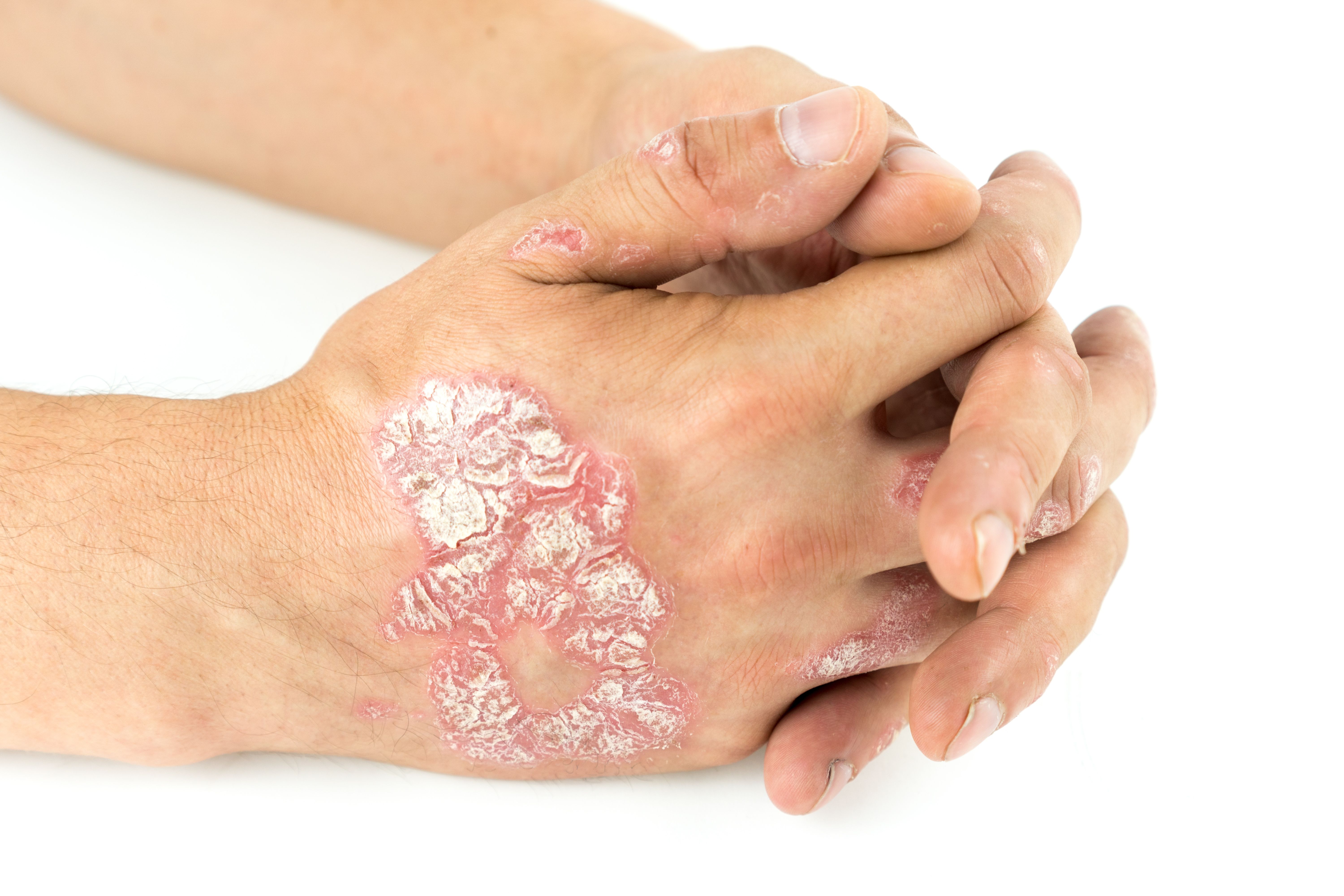News
Article
Nail Changes in Alopecia Areata: Review of Manifestations, Diagnosis, Management Strategies
Author(s):
Results found nail changes in patients with alopecia areata (AA) can occur before, after, or independent of hair loss with the most common nail problems including pitting, ridging, and white spots.
Patients with AA can experience nail changes. | Image Credit- Nuttapong punna - stock.adobe.com

A comprehensive review study published in the Journal of Clinical Medicine focused on nail changes in patients with alopecia areata (AA) either prior to hair loss, after hair loss, or as an isolated finding.1
Patients with AA, a non-scarring form of hair loss, can experience nail growth, oftentimes in more severe cases of AA and in children. The impact AA has on quality of life (QOL) and psychological well-being is severe because of the acute onset, unpredictable course, and unpredictable prognosis based on the unknown etiology.
Hair and nails are both a part of the integumentary system, sharing some immune system and anatomical features that can impact the growth of both.2 The integumentary system is the body’s first line of defense against bacteria and infection against the immune system. Oftentimes, health conditions related to hair follicles and nails are presented externally rather than in most internal organs.
The study analyzed the literature published related to nail changes caused by AA and attempted to propose better evaluations and management of AA-related dystrophies.1
Patients with AA have reported between 7% to 66% of nail involvement associated with the hair loss disorder and is considered to be one of the poor prognostic factors.3
The most common nail dystrophies include pitting, longitudinal ridging, trachyonychia, leukonychia, and, in rare cases, a red-mottled lunula. Nails often show improvement as hair growth improves, so baseline focus is limited in a treatment setting. However, some situations find nail cosmetic disfigurement, pain, and functional limitations.
Nail Changes
Nail pitting is the most common manifestation of AA in relation to nail growth. This is when the nails punctate erosion in the nail plate surface, sometimes called nail psoriasis. The depth and width of nail pits are related to the extent of the matrix involved, while length can be determined by the duration of the matrix damage.
Trachyonychia is another common nail manifestation caused by AA, making the nails look sandpapered. This is not a distinctive disorder that will allow clinicians to diagnose AA, but it is a presenting sign of several disorders. While more frequent in children, trachyonychia can occur before or after the onset of AA by years. There are 2 forms that have been distinguished: one is opaque, and the other is shiny. The opaque form is more common because of severe and persistent inflammation of the proximal matrix which gives the nail plate scaling, ridging, and distal longitudinal splits. Whereas the shiny form is caused by a milder and intermittent inflammation that can cause small punctate depressions, reflecting light to give off a shiny appearance to the nail plate.
Leukonychia is the development of white nails, typically presented in a punctate form with geometrically distributed spots. When leukonychia is detected in AA, it is due to intrinsic matrix abnormalities like histologically odd-appearing parakeratosis with perinuclear vacuolization and keratohyaline granules found in the intermediate and ventral nail plates. Keratin fibers have also been found dissociated, irregularly aligned, and fragmented on electron microscopy. They appear white because of the reflection of light that prevents visualization of the underlying vascularized nail bed. Additionally, they cannot be modified until the plate grows out.
Red Lunula is mainly visible on the thumb and big toe, either partly or completely concealed by the proximal nail fold in other digits. Typically, the lunula has a white hue, but the presentation of AA leaves a red color, giving rise to a moth-eaten appearance. The red spotting symptoms are caused by dilated and tortuous vessels in the superficial papillary dermis of the dismal matrix.
Other forms of nail changes include longitudinal ridging, onychorrhexis, Beau’s lines, onychomadesis, brittle nails, koilonychia, onycholysis, ragged cuticles, and brown discoloration. Some patients with AA have shown nail changes due to manipulation and emotional stress-induced habit deformities. Onychomadesis and onycholysis, though rare, are the most painful and impairing of the nail changes.
Diagnosis
Since a diagnosis of AA in the nails cannot be determined visually, longitudinal biopsies and punch biopsies are carried out among these patients. Patients usually prefer longitudinal biopsies over punch biopsies because they allow for a larger amount of accessible tissue with the nail plate still attached.
Some authors suggested reviewing nail clippings in patients with AA rather than completing a biopsy, often an invasive procedure. The process is considered quick and painless because it consists of cutting only 3 mm to 4 mm of the nail, then processing the fragment for histopathologic analysis.
Imaging known as high-frequency ultrasonography (HFUS) was another suggested form of AA nail diagnosis. This tool is known as a non-invasive, in vivo technologic device that uses sound beams at frequencies above 15 MHz to produce detailed images of the superficial layers of the skin.
Management
Management for nail AA is undetermined because there are no existing randomized controlled trials on the outcome of treatments for AA nails and no evidence-based approaches in existence. The research is based on small studies, case reports, and expert opinions. The review suggests nail changes presented at an isolated finding should be treated based on the type and severity of clinical signs, number of affected nails, comorbidities, previous successful/unsuccessful treatments, patient age, and QOL.
If nail disfigurement is not occurring, the review suggests no treatment and only follow-up as a management approach. For instance, a study found most pediatric patients had a spontaneous recovery within a few years without receiving treatment. Another documented form of data showed that 50% of patients had a total resolution or marked improvement of trachyonychia after 6 years, regardless of treatment method. If the manual function of the nails is not affected and there are no cosmetic concerns, a wait-and-see approach should be considered.
Cosmetic treatments are a recommended management method for patients with mild emollients for opaque trachyonychia and camouflage with nail polish for shiny trachyonychia. Materials like alpha-hydroxy acids and urea may be added to increase the water-binding capacity of the fragile nail plate. One survey study found regular manicures and pedicures were successful forms of treatment.
Topical treatments are oftentimes the first line of therapy for patients with nail AA, despite how time-consuming it may be. Since the nail plate has a slow growth rate, the difficulty with the activation of the drug penetrates the nail tissue and makes it necessary to wait several months before witnessing improvements. Some topical treatments used in the reviewed literature included clobetasol propionate and tazarotene. Experts have rationalized treating the disorder with retinoids because it could be linked to their actions in accelerating nail growth and normalizing keratinocyte differentiation.
Intralesional treatments for inflammatory nail changes included triamcinolone acetonide, particularly when the matrix is impacted. One study expressed successful treatment with triamcinolone acetonide injections at 2 to 4-week intervals for a total of 3 sessions. Typically, injections were completed once a month, and if improvements were noticed, they continued until there was marked or complete improvement, then tapered for a few months. Matrix injections have been tolerable among pediatric patients, even if conducted on a few nails.
Systemic corticosteroids are a possible treatment for patients with AA based on their effectiveness for hair regrowth, especially if manual function is impaired or there is severe cosmetic disfigurement. None of the literature reported data on nails in patients with AA treated with methotrexate or other immunosuppressants like cyclosporin, mycophenolate mofetil, and azathioprine. While Janus kinase (JAK) inhibitors have been relevant forms of treatment for hair regrowth, there is limited to no research on the effect it has on nails. Experts believe reports on the effect of nails will be reported for tofacitinib, baricitinib, and ritlecitinib.
Overall, it is necessary for a consensus on the optimal treatment approach for AA of the nails to consider factors like age and disease severity. The emergence of JAK inhibitors shows promise as an avenue due to their success in hair regrowth. Additionally, the development of new topical formulations holds possible improved safety, particularly for vulnerable populations like pediatric patients, older adults, and individuals with comorbidities that precluded the use of systemic JAK inhibitors.
References
1. Pelzer C, Iorizzo M. Alopecia areata of the nails: Diagnosis and management. J Clin Med. 2024;13(11):3292. doi:10.3390/jcm13113292
2. Integumentary system. Cleveland Clinic. Published 2022. Accessed July 9, 2024. https://my.clevelandclinic.org/health/body/22827-integumentary-system
3. Safoura Shakoei, Golnoosh Seifi, Farbod Ghanami, et al. Clinical and demographic characteristics associated with nail involvement in alopecia areata: A cross‐sectional study of 197 patients. Health Sci Rep. 2024;7(4). doi:10.1002/hsr2.2020





